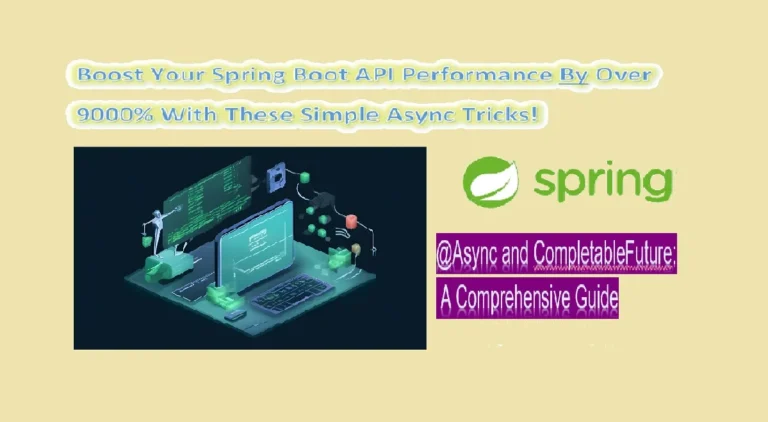Mastering Spring Boot Actuator
Introduction Spring Boot Actuator is a powerful set of tools that empowers developers and operators to monitor and manage Spring Boot applications with ease. In this comprehensive guide, we’ll explore the key features of Spring Boot Actuator, delve into code examples, and address frequently asked questions to help you harness the full potential of this…








